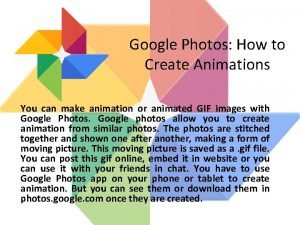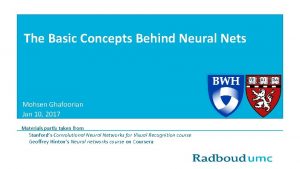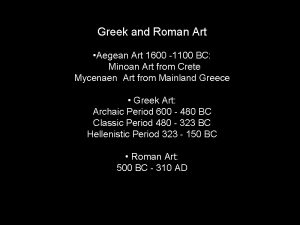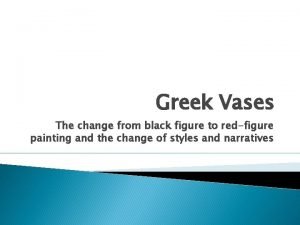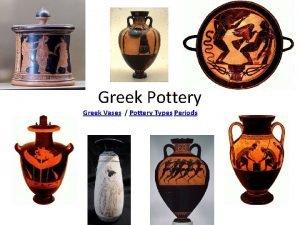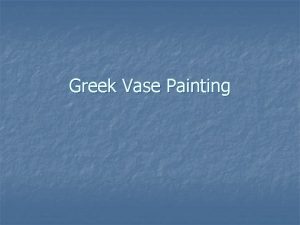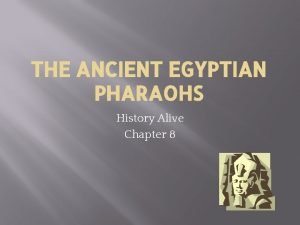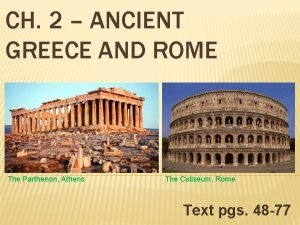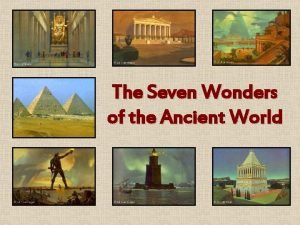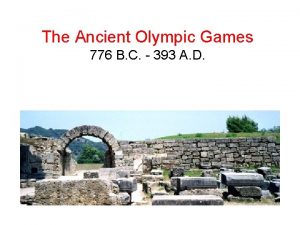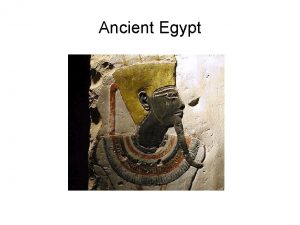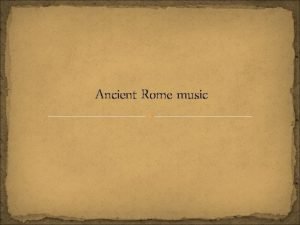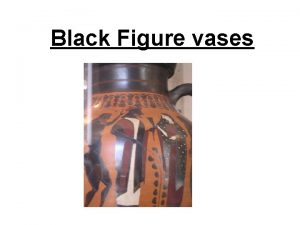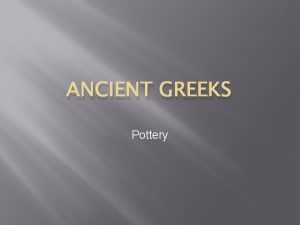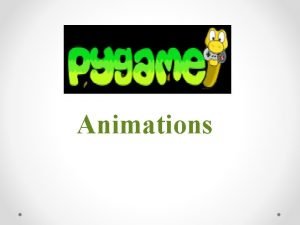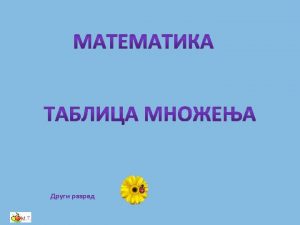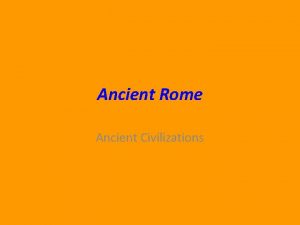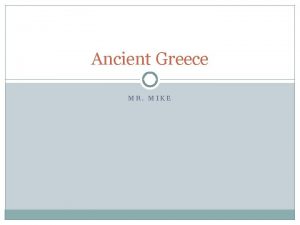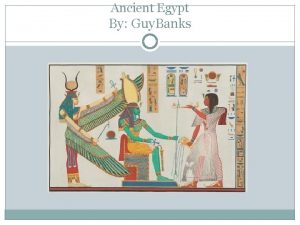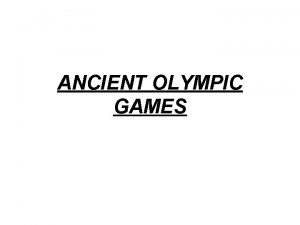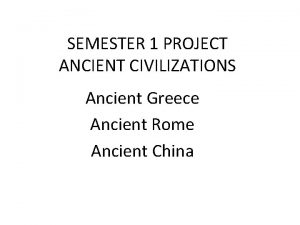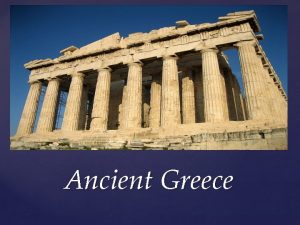Teaching with Animations of Ancient Vases www panoply



















![The storyboard for Wings [now revised as Hermes’ Favour without branding] The storyboard for Wings [now revised as Hermes’ Favour without branding]](https://slidetodoc.com/presentation_image/2fc97ec03a7ca0250f201fe965d9f9de/image-20.jpg)






- Slides: 26

Teaching with Animations of Ancient Vases www. panoply. org. uk Dr Sonya Nevin The Association for Latin Teaching 2013 Conference. University of Roehampton

The first vase animation we made was Clash of the Dicers, based on this piece by Exekias. To watch Clash, go to: http: //www. panoply. org. uk/clash-of-thedicers. html#

The animation based on this vase is based on the myth of Pelops and the origin of the Olympic Games. Use it for teaching Olympic topics, such as the foundation myth, horse-racing, or chariots and how they work. It can also be used for sessions on marriages and hero stories. To see the animation, please visit: http: //www. panoply. org. uk/pelops. html#

Use the Pelops and Amazons animations to support sessions about vase painting by asking pupils to compare different representations of horses and chariots.

The Panoply website includes further resources to support teaching with vase animations, such as this image of the Pelops group at Olympia and a photo of the shrine of Pelops.

The Panoply website has three animations made from this partial fragment (http: //www. panoply. org. uk/ancient-olympics. html#). As the animations are about foot-races, they are well-suited to classes on athletics and games. Having several animations made from the same vase makes them a good set for demonstrating differences in interpretation and narrative, and different kinds of camera shots.

Learning with animations • Improved attention to artefacts • Animation linked to improved recall • Improved mood, which facilitates learning • Accessible route into discussions

Home of the Ure View and Ure Discovery Arts Council-funded projects. www. reading. ac. uk/ure

Pupils on the Ure View and Ure Discovery projects visited the museum to learn about vases. They used the vase in the middle of the first shelf of the Symposium case to create the story and storyboard for Dance Off (for which visit: http: //www. panoply. org. uk/dance-off. html#)

A vase handling session for pupils from an arts academy (photo by James Pike)

Panoply animator Steve Simons meets pupils for an in-class storyboard animation session. These pupils interpreted vases, created stories, and turned their stories into the storyboards behind some of the Ure Discovery animations

Storyboarding vases with your students Interpreting vases through storyboarding makes a great activity even if the storyboards are not developed into animations. The following slides give a sense of how storyboarding works as an activity, with examples an steps. This is a blank storyboard. You can download these from the Panoply website

At www. panoply. org. uk/uses you can download a guide sheet on storyboard terminology.

Pupils at Kendrick School in Reading developed a story and storyboard from this vase.

This is a section of the pupils’ storyboard. It includes key scenes from the story with a brief explanation of each.

• • • Artefact interpretation Extrapolation Characterisation Social setting Social values Application of existing learning (the story was inspired by the pupils’ study of the Odyssey) This is an example of a single frame from that storyboard. The pupils understood and developed the vase scene in which a helmeted man is offered a wreath. The storyboard describes who does what, in what order, and shows what will be on-screen

This is the corresponding scene in the animation for which visit: http: //www. panoply. org. uk/the-love-of-honour. html#

This is the storyboard for the Pelops animation

‘Chariot 2 trips over cup and slows down. Chariot one reappears. ’
![The storyboard for Wings now revised as Hermes Favour without branding The storyboard for Wings [now revised as Hermes’ Favour without branding]](https://slidetodoc.com/presentation_image/2fc97ec03a7ca0250f201fe965d9f9de/image-20.jpg)
The storyboard for Wings [now revised as Hermes’ Favour without branding]

‘Camera follows horse head as horse lifts its head and chews the grass. The ears pick up as the horse notes the runners out of shot. ’ ‘Cut to the legs of the runners which the horse has noticed. ’

Storyboarding Vases as a Class Activity: • Watch a couple of vase animations with your students to give them a sense of what the activity’s about. • Look together at a couple of vase animation storyboards (there are several on the Panoply website) + the storyboard terminology sheet. • Ask the students to work in small groups studying a vase in detail as a preparation for storyboarding. Either a vase they’re studying as part of the curriculum, or an alternative piece. • Next the students should begin to work together developing their story. They should base the story on the scene they can see, imagining what the figures would do if they could move. • Once they’ve thought through their story, they should plan it out on a storyboard sheet. They should provide images of each key scene, along with a brief explanation of what’s happening. They will have to decide what’s essential to the story, and what needs communicating. • Once they’ve finished, ask the groups to talk through their storyboards with the rest of the class.

Learning through Storyboarding • Outcome-orientated artefact interpretation. • Motivated, detailed focus. • Supports holistic thinking. • Strengthens understanding of characterisation and story development. • Supports learning through creative engagement.

A screen-shot of a vase animation in development

Visitors to the Ure Museum can see the Ure Discovery animations as part of an i. Pad trail that can be taken around the museum.

Visit the website for more information and feel free to get in touch if you have any questions or feedback
 Panoply linux
Panoply linux How to make animation in google photos
How to make animation in google photos Pengertian animasi dalam multimedia
Pengertian animasi dalam multimedia Loffe animations
Loffe animations Impulse-style scroll animations
Impulse-style scroll animations This is, by far, the most tedious way to create animations.
This is, by far, the most tedious way to create animations. Pcr animations
Pcr animations Minoan vases are often decorated with
Minoan vases are often decorated with Black figure technique
Black figure technique Types of greek vases
Types of greek vases Geometric vases greek
Geometric vases greek Ancient india vs ancient china
Ancient india vs ancient china Pictures of ancient and modern means of communication
Pictures of ancient and modern means of communication Phases of micro teaching
Phases of micro teaching The ancient library of alexandria
The ancient library of alexandria Why did some ancient greek settlements trade?
Why did some ancient greek settlements trade? Ancient cobrador
Ancient cobrador History alive chapter 8
History alive chapter 8 How to make greek masks
How to make greek masks Chapter 8 ancient china
Chapter 8 ancient china Ancient greek buildings
Ancient greek buildings Ancient era of pharmacy
Ancient era of pharmacy Mr. nicky india
Mr. nicky india Ancient wonders of the world
Ancient wonders of the world The ancient olympic games were initially
The ancient olympic games were initially Nubia
Nubia Ancient roman dance
Ancient roman dance

